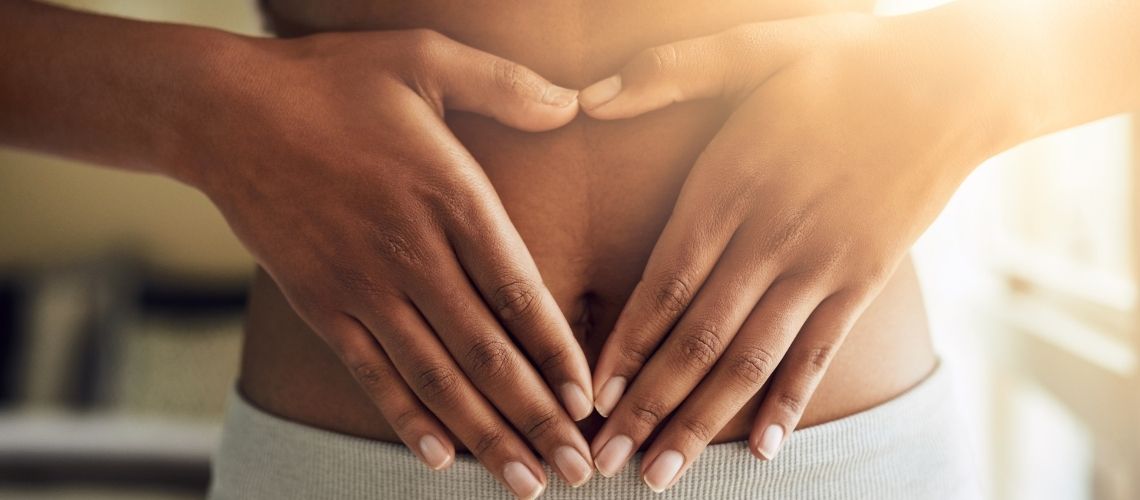Recovering from a tummy tuck is a crucial phase that requires understanding and careful planning. This article delves into the various aspects of tummy tuck recovery, guiding you through essential steps for a smoother healing process.
Immediate Post-Surgery Care
Directly after your tummy tuck surgery, you will spend a brief period in the hospital under observation. During this time, your medical team may insert drainage tubes to help remove excess fluid, and you’ll receive instructions on how to care for and manage them. You might be prescribed antibiotics to prevent infection and anticoagulants to prevent clotting while the drains are in place. This phase is crucial for preventing complications and setting the stage for a smooth recovery process. It’s important to closely follow your surgeon’s guidance, including taking any prescribed medications and adhering to instructions for drain care and incision hygiene. This initial care sets the foundation for the rest of your recovery journey.
Initial Weeks of Healing
During the initial weeks after your tummy tuck surgery, a crucial phase of recovery unfolds. Wearing an abdominal binder for approximately six weeks becomes your companion, serving to minimize fluid accumulation while lending vital support to your healing abdomen. Regardless of whether you’ve undergone a full or mini-tummy tuck, avoiding strenuous activities remains essential for around six weeks. This precaution allows your body the necessary time to kickstart its healing mechanisms without unnecessary strain. These weeks are a foundation for the subsequent stages of your recovery journey, setting the tone for a gradual return to your routine. Your commitment to rest and care during this time significantly contributes to the success of your overall tummy tuck recovery process.
At-Home Recovery Guidelines
Once you’re back home, following your surgeon’s or nurse’s guidance is essential. Carefully attend to incision and drain tube care, ensuring cleanliness and proper healing. Watch for signs of infection or any unusual changes in your overall health. Maintain a delicate balance between rest and movement—find comfortable resting positions and take short walks to improve blood circulation and prevent blood clots. Listen to your body’s signals and avoid overexertion. Be patient with your body’s fatigue, which can persist for weeks. During this time, it’s crucial to avoid nicotine and alcohol, as they can impede the healing process. Adhere to the prescribed medication regimen, including antibiotics and anticoagulants if applicable, and consult your medical professional before taking any additional medications. Remember, gradual reintegration of daily activities is key, and regular communication with your medical team ensures a smooth recovery journey.
Optimizing Rest and Movement
During your tummy tuck recovery, finding a comfortable balance between rest and movement is crucial. While rest allows your body to heal, gentle movement is equally important for preventing complications. Initially, focus on restorative sleep and adequate relaxation. Your surgeon’s guidance on optimal sleeping positions can alleviate discomfort and minimize strain on your healing abdomen. As you progress, incorporate light activities like short walks into your routine. Walking promotes blood circulation, reducing the risk of blood clots and helping with overall healing. However, refrain from pushing yourself too hard; your body needs time to rebuild its strength. Strike a harmonious balance between rest and gradual movement, adjusting your activity level based on your body’s signals.
Long-Term Recovery Outlook
As your tummy tuck healing progresses into the long term, anticipate gradual improvements and changes. While initial swelling may persist for several months, severe pain usually subsides within days. As your body adjusts, the sensation of being pulled when standing straight will diminish, and any numbness or bruising should gradually fade. Scarring, initially red and raised, will naturally blend into your skin over time. Engage in patient reintegration of activities; driving and strenuous exercise can gradually resume over weeks, avoiding haste to ensure optimal healing. Remember, your body’s unique response means timelines vary, so it’s essential to prioritize regular communication with your healthcare provider, who will provide personalized guidance on your tummy tuck’s evolving recovery journey.
Essential Tips for Healing
To facilitate a smooth tummy tuck recovery, consider these vital pointers. Firstly, establish a serene and comfortable environment for rest, allowing your body ample time to recuperate. Hydration is key; drinking plenty of water helps flush toxins from your system and reduces swelling. Prioritize a balanced diet rich in nutrients, emphasizing fresh fruits and vegetables for optimal healing. Integrating supplements like vitamins A and C can bolster your body’s recovery mechanisms. Probiotics aid digestion while green tea offers immunity-boosting antioxidants. Natural remedies such as arnica can alleviate swelling, bruising, and pain. Restoring your body’s equilibrium, ginger tea or phosphorus supplements can soothe nausea. Complementing medical advice with these strategies ensures a holistic approach to your tummy tuck healing journey.
Monitoring and Seeking Help
Regular check-ins with your surgeon or nurse can ease concerns and ensure proper healing. If you notice any unusual symptoms or have questions, don’t hesitate to reach out. Your medical team is there to guide you through each stage of recovery, making sure you are progressing as expected.


